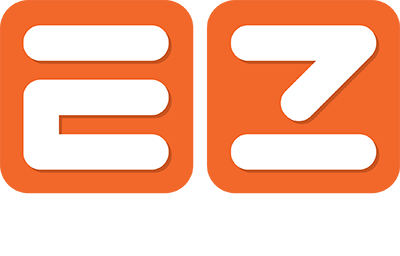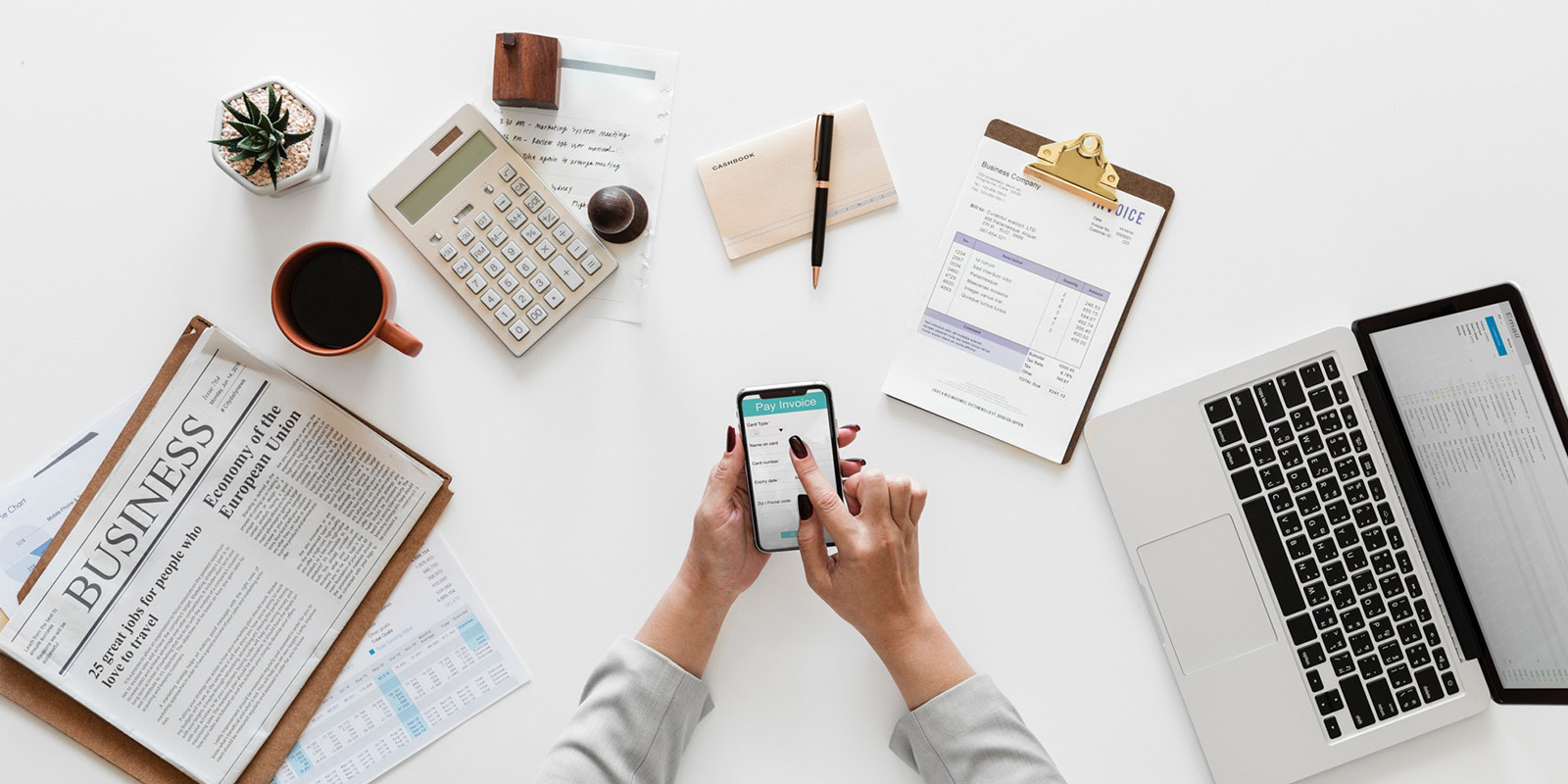Customers are increasingly turning to digital banking for their banking needs. In fact, in 2021, more than half of U.S. people (56%) claim they use mobile banking at least once a week. In this article we tell you what is digital baking and is it safe or not!
This article is provided for informational purposes only and is not intended to provide legal, financial, or tax advice. Please contact a professional for particular advice that applies to your company.
What is Digital Banking?
Digital banking refers to the use of online or mobile tools to perform financial functions previously exclusively available at physical bank offices, such as making deposits, managing account modifications, and transferring payments. Digital banking (sometimes known as “branchless banking”) can be done at wholly online digital banks with no physical branches, or at traditional banks with mobile and online versions of their services. Because mobile apps and desktop sites are available 24 hours a day, 7 days a week, clients can access their accounts and services outside of regular banking hours.
Many consumers are migrating to all-digital banks because they don’t need to use physical bank branches to accomplish their core banking activities, and most of them don’t want to be in public, especially banks, during COVID-19 pandemic. The bulk of tasks that used to necessitate the assistance of a bank teller, such as cash transfers and check deposits, can now be completed using a desktop website or smartphone.
Things You Can Do with Digital Banking
- Check account balances
- Manage/make bill payments
- Access and manage loans
- Transfer funds
- Apply for credit cards or lines of credit
- Set and receive balance, transaction, and fraud-detection alerts
- Deposit checks
- Deposit cash (using digital banks’ cash deposit partners)
- Withdraw funds (using in-network ATMs)
Is Digital Banking Safe?
Consumers are increasingly using digital banking for everything from depositing checks to checking account balances. According to a poll from 2021, 57% of Americans believe that online banking is a secure way to manage their funds. Individuals aged 35 to 44 had the highest level of confidence, according to the same study.
If you’re thinking about switching to a digital bank for the first time, here are a few tips to help you pick one with security features you’ll be happy with.
What Makes Digital Banking Safe?
Federal Deposit Insurance Corporation (FDIC) Insurance
You can use the FDIC‘s BankFind service to see if your bank is insured. Check if your bank is on the list by entering the name of the bank and a few additional information. In the case of a bank failure, the FDIC will insure the bank up to $250,000 per depositor, bank, and ownership category.
Two-factor Authentication
Adding extra authentication stages to your account offers another layer of security. After you’ve logged in using your username and password, you’ll need to use secondary authentication. A PIN, an email or text message with a series of numbers to input, or an answer to a security question you filled out when you first opened your account are all examples of multi-factor authentication.
Real-time Alerts
Banking apps can alert you to unusual purchases or spending patterns. While this isn’t exclusive to digital banks, it is a benefit that many digital banking consumers like. If your account has been compromised, being warned of unusual activity can help you respond more quickly.
Some Digital Safety Tips
There are a number of things you can do to check that your digital or online bank is legitimate, as well as proactive activities you may take to keep your information secure.
Use Cellular Networks or Secure Internet
It’s hazardous to use public Wi-Fi. Even though many financial websites and applications encrypt your data before transferring it, accessing an insecure wireless network can expose your data. Avoid sending critical information through insecure or unencrypted emails when monitoring your accounts.
Change Your Passwords Frequently
According to a survey, 83 percent of online banking clients reuse passwords across numerous accounts. Changing your online banking passwords every few months is an excellent strategy to reduce the danger of hackers gaining access to your account. Longer passwords containing a combination of uppercase, lowercase, and unusual characters can improve the security of a password.
Use Virus Protection
You might potentially add another layer of security to your financial accounts by downloading trusted antivirus software or using a virtual private network (VPN).
Be Cautious About Phishing Emails
A hacker may send you a bogus email or message that appears to be from your bank, which is known as phishing emails or scams. Check that the email address is from your bank, or better yet, go to your banking page directly. Over email, banks will not request passwords, Social Security numbers, or complete credit card details.
Final Thoughts
With new products and services being introduced on a regular basis, digital banking’s ease and security are here to stay and can meet the needs of an increasing number of consumers and businesses.






